Well, first of all, the traffic is left-handed. This means that the first week you only remember that you are supposed to look at the opposite direction to what you are used to. But after a few weeks you don´t even remember where you looked to begin with, so you keep looking in all directions. So far I have experienced traffic coming form all sorts of direction, so I guess, this is not a bad way to go about it.
To be honest, I´ve yet failed to understand how many lanes the streets here have. At times we are up to five lanes next to each other on a street that for me should hold two lanes. And of course, there are no lines on the street to indicate how many lanes are recommended to begin with.
To be honest, I´ve yet failed to understand how many lanes the streets here have. At times we are up to five lanes next to each other on a street that for me should hold two lanes. And of course, there are no lines on the street to indicate how many lanes are recommended to begin with.
#crossing streets vs dancing
With some basic experience of dancing in my life I´ve never had to work this hard on my pas de bourrée or pirouettes ever. It comes down to some sort of allegro every time you need to cross the street.
At least this is what I imagine I look like.
Now add streets with non-existing pavements, matatus (taxi-buses), bodas (motorcycle-taxi) and people driving/running/cycling randomly from whatever direction or speed they think is convenient. I´m sure there probably is some sort of system here that I don`t get..
A tip for a safer try to cross a street, is to follow a local whenever he goes. But if you follow a guy who´s had more dancing-training than you, you are at big risk!
#no special treatment for the muzungu, please!
If you can´t seem to find a good moment to cross the heavily trafficked street, in a time period of less then 30 seconds (which is forever in african-traffic sense), it may occasionally happen that a policeman decides to come to your rescue. By stopping all traffic for you and escorting you to the other side. This is of course a very nice gesture made by him, but you do feel pretty embarrassed about it. With some basic experience of dancing in my life I´ve never had to work this hard on my pas de bourrée or pirouettes ever. It comes down to some sort of allegro every time you need to cross the street.
At least this is what I imagine I look like.
Now add streets with non-existing pavements, matatus (taxi-buses), bodas (motorcycle-taxi) and people driving/running/cycling randomly from whatever direction or speed they think is convenient. I´m sure there probably is some sort of system here that I don`t get..
A tip for a safer try to cross a street, is to follow a local whenever he goes. But if you follow a guy who´s had more dancing-training than you, you are at big risk!
#no special treatment for the muzungu, please!
This all while people are laughing, honking their horns and screaming at you, of course!

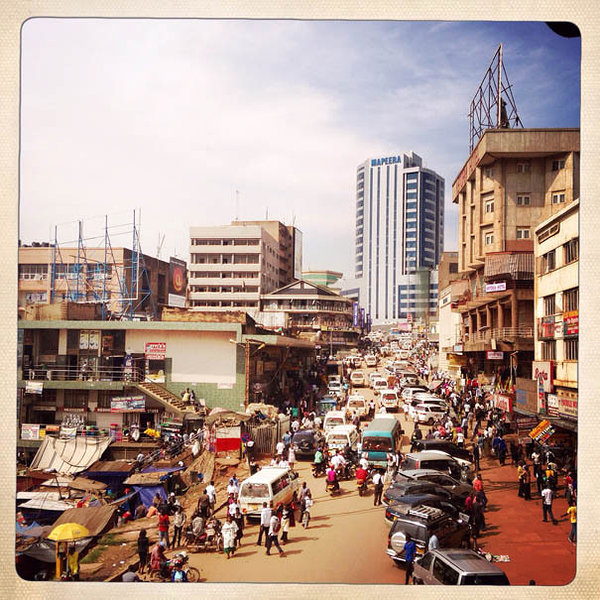
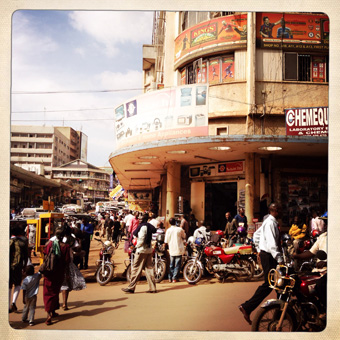
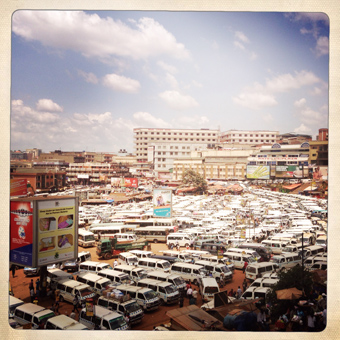

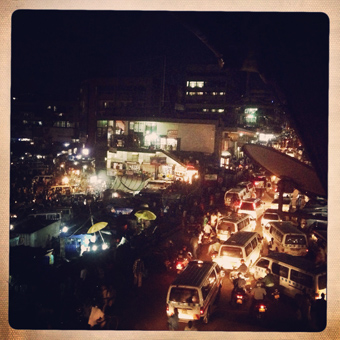
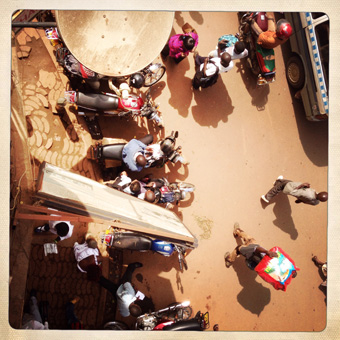

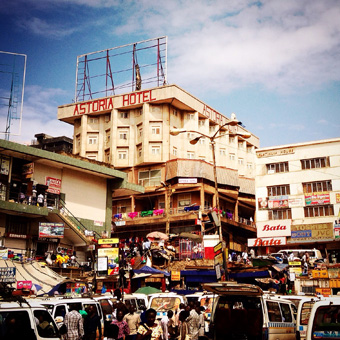
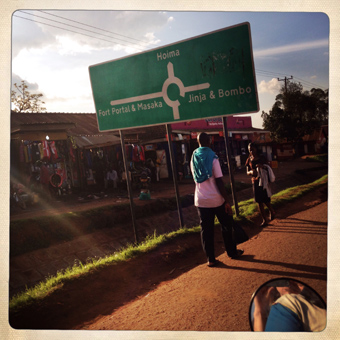
Comments